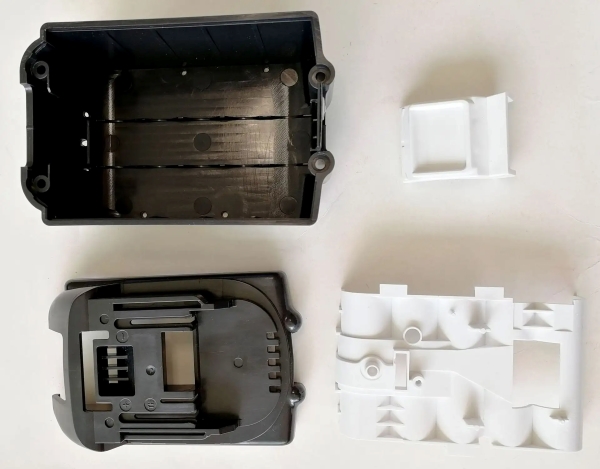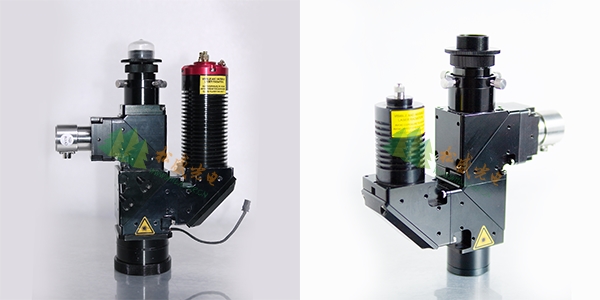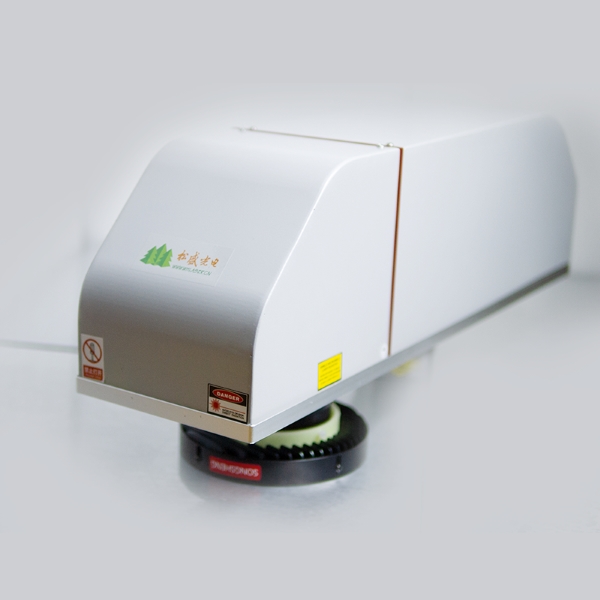Application of Laser Plastic Welding in Lithium Battery Plastic Component Processing
Driven by the rapid development of new energy vehicles, power lithium batteries have become a key enabler for technological advancement in this sector, demonstrating tremendous application potential. As lithium battery manufacturing processes continue to mature, packaging requirements for battery modules vary significantly depending on different application conditions. These include polymer-encapsulated lithium batteries, battery venting/waterproofing devices, and metal-to-polymer welded structures. Currently, the main polymer materials used are PPA+30% GF, PA66+30% GF, and PBT+30% GF. This article provides an overview of the application of laser plastic welding technology in lithium battery plastic component processing.

Illustration of Lithium Battery Plastic Components
Application of Laser Plastic Welding Technology in Lithium Battery Production
Lithium batteries typically contain numerous electronic components internally. Conventional sealing methods include adhesive application, vibration welding, or hot plate welding. However, vibration friction, ultrasonic welding, and hot plate welding may directly or indirectly affect or damage internal components. While adhesive sealing is an alternative, current environmental regulations impose strict requirements, and adhesives have aging cycles. Moreover, from a cost perspective, adhesive application is significantly more expensive than welding.
Given the high sealing requirements for electronic components—which must prevent any gas leakage and typically demand IP67 to IP69 protection ratings—the stringent sealing standards necessitate reliable solutions. From technical specifications, welding quality, automation needs, and mass production considerations, laser plastic welding emerges as an ideal process. It enables real-time closed-loop control during welding, meeting automated production line requirements. Additionally, the real-time closed-loop control system allows for automated traceability based on predefined technical parameters.
Laser plastic welding utilizes a high-energy-density laser beam as a heat source. The laser radiation heats the workpiece surface, causing localized temperature rise and melting, thereby joining plastic materials. This technology is not only suitable for transparent and pure white thermoplastics but can also process various types of plastic materials.
Selection of Laser Plastic Welding Systems
Classification by laser wavelength: 976nm and 2μm welding systems.
The 976nm laser welding system is currently widely used. Its working principle is based on transmission through the upper layer + absorption by the lower layer to achieve bonding.
The 2μm laser welding system simultaneously heats both upper and lower components, causing rapid temperature rise at the joint interface to achieve melting and bonding. This enables welding of completely transparent components.
Contour scanning laser welding. The laser head or workpiece is servo-driven to move the laser beam along the welding path. It provides sufficient energy to melt and join components. This method is suitable for plane-to-plane welding or products with collapse distanceless than 0.1mm.

976nm Laser Welding Head (Left) and 2μm Plastic Welding Head (Right)
Songsheng Optoelectronics has independently developed two specialized welding heads for different wavelength plastic welding systems: the 976nm coaxial temperature-measuring vision laser welding head and the 2μm coaxial temperature-imaging plastic laser welding head. Featuring real-time coaxial infrared temperature measurement feedback control, these systems dynamically adjust output energy to maintain welding consistency and maximize production yield. The integrated coaxial CCD camera and monitoring system enable precise positioning and tracking of workpieces during welding, effectively preventing weld spot deviation in real-time operations.

Integrated Galvanometer Coaxial Vision Scanning Processing System Illustration
For automation manufacturers requiring high welding speeds, galvanometer scanning welding can be effectively employed. Songsheng Optoelectronics has independently developed an integrated constant-temperature galvanometer coaxial vision scanning welding system specifically designed for high-speed precision welding applications. This advanced system is suitable not only for precision soldering but also for the fine welding of plastic components.
The constant-temperature galvanometer coaxial processing system is engineered to meet the stringent positioning accuracy requirements of galvanometer scanning processes. Featuring fully coaxial alignment between the CCD observation image and the laser beam focus, when paired with F-θ lenses and darkfield illumination, it achieves true "what-you-see-is-what-you-get" laser processing. After calibration, the system's absolute laser processing positional accuracy reaches below 0.02mm, and when combined with specialized software, it can virtually eliminate processing position errors caused by galvanometer thermal drift.
In the current lithium battery industry, applications ranging from flexible packaging to slim-profile batteries and even internal thermal management systems of battery enclosures all involve plastic welding and metal-to-plastic joining technologies. Continuous optimization and improvement of production processes are essential to enhance the quality and performance of battery enclosures, thereby contributing to the advancement of new energy vehicles.
Contact: Mr.Xiao
Phone: +86-13385280662
E-mail: market001@whlaser.cn
Add: Room 02, Floor 5, Building 9, Gezhouba Sun City, No. 40, Gaoxin 4th Road, Donghu New Technology Development Zone, Wuhan